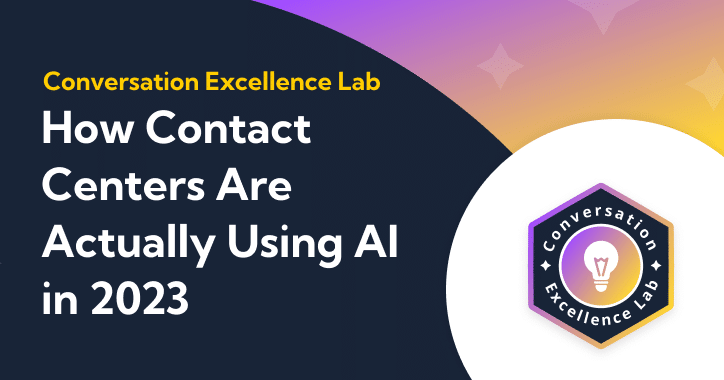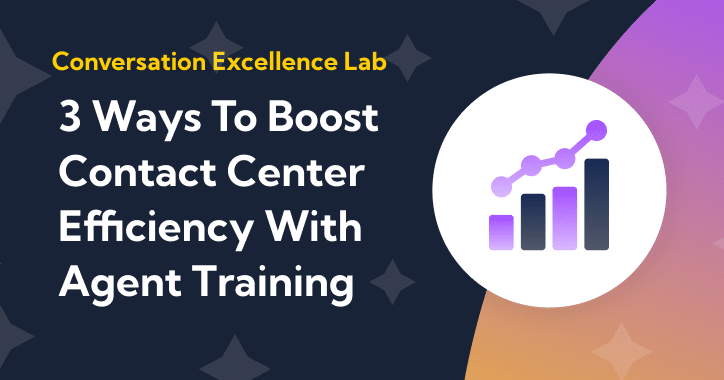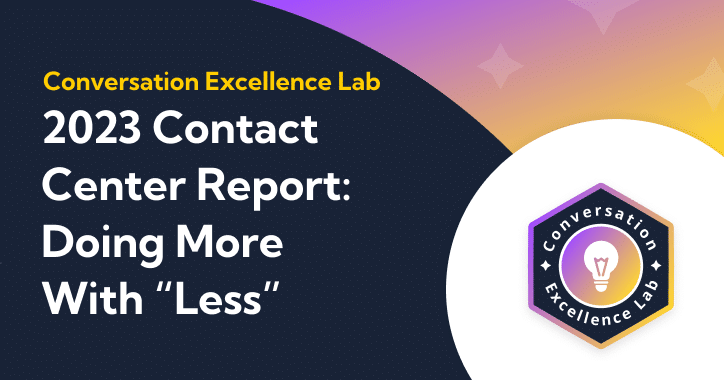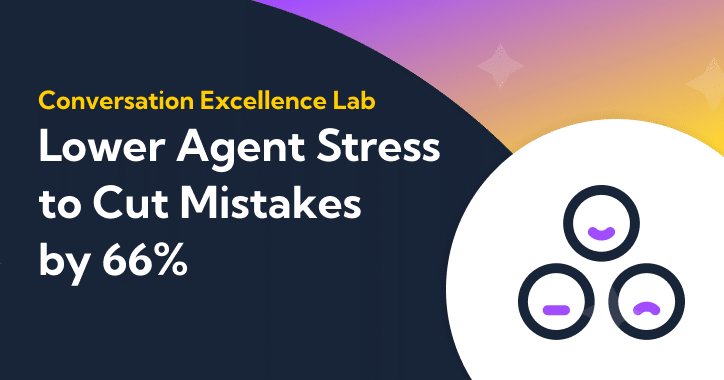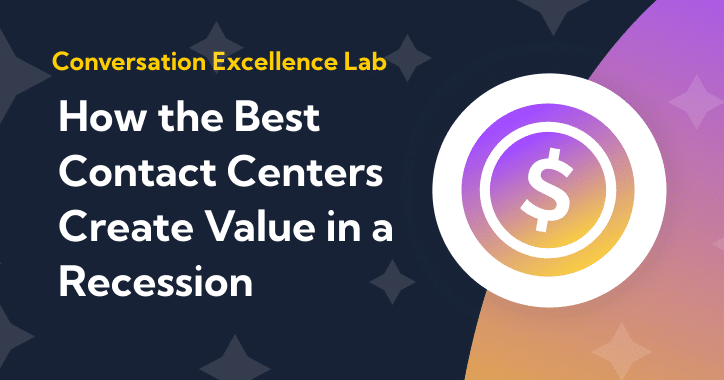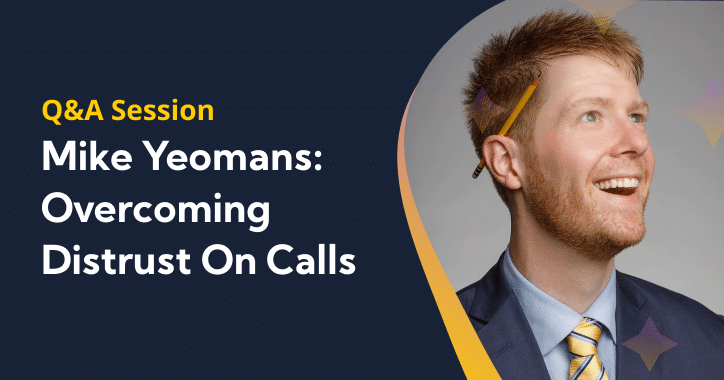Proper contact center training methods show agents the ropes during their onboarding, and supports them as they grow in their role in the following years. The best kinds of training tools leave agents confident in their skills and energized to create value for your organization. But poor training can generate more questions than answers, and leave agents without a clear path to success.
So, what does a strong training program look like?
In 2021, we asked over 1,000 agents to tell us which contact center training methods they found most and least helpful. In 2022, we asked the same question to another group of 200 agents and 200 managers and executives. Here’s what we found:
The Good: 1-on-1 Training
In our 2021 report, 81% of contact center agents found 1-on-1 training helpful — third behind peer mentorship (82%) and company training (83%). Our 2022 report centered specifically on the onboarding period, so the results were slightly different: 1-on-1 training was the clear favorite among agents and managers alike, followed by a peer mentor or onboarding buddy.
Figure 1: Agent vs. Managers & Leaders Rankings of Onboarding Tools and Tactics
This makes sense: 1-on-1 training is personalized, direct. While it requires more resources to implement, it is likely to be more effective as it makes agents feel like active partners in their learning. 1-on-1 training stayed in the number one spot for both agents and managers alike regardless of whether the data was filtered by position, contact center size, industry, department, and onboarding program length.
“Coach your agents on how to improve at their jobs, and provide specific feedback where possible. Proper coaching will help those that may be struggling, and will advance those that are already doing a good job. It’s really not complicated — when you invest time and money on properly training and coaching your agents, they’ll see that they’ve got an important job to do, and will strive to improve their performance.”
Blair Pleasant, President and Principal Analyst of COMMFusion, Co-Founder of BCStrategies.
The Other Good: Peer Mentorship
82% of agents found asking another agent for suggestions helpful in our 2021 report, and peer mentors and onboarding buddies came in second place as well in our 2022 report with a rating of 4.15 out of 5.
Figure 2: Helpful Contact Center Training Methods, According to Agents
Not only do peers help scale that powerful 1-on-1 interaction throughout the company, but they are a valuable way to engage and bring together tenured employees and new employees alike. Having an onboarding buddy facilitates early frustrations for new employees, and can remind tenured agents of company processes and procedures that may have fallen through the cracks over time.
Having a buddy is akin to having a mentor, and mentorship relationships are a powerful force in the workplace: 91% of employees who have a mentor are satisfied with their job, compared to 40% of those who do not.
The (Maybe) Bad: Company Training
In our 2021 report, 83% of agents said that company training was helpful when given the choice between helpful, unhelpful, and neutral. But in our 2022 report, agents ranked group training at a 3.75 on a scale of 1-5 in terms of effectiveness, placing it ahead of only two other training methods: QA scorecards and online learning management tools.
The words “helpful” and “effective” have different meanings, which can help account for the difference in preference between the two reports. Helpful is a broader term that can encompass a tool that has provided value even one time in the agent’s tenure, while effective suggests strong value creation.
So, company training may be helpful, but not entirely effective.
But not all company training is created equally. Here are some tips for putting together a rock-solid company training program:
- Training isn’t one and done. Put together a regular, recurring schedule for group training that follows alongside agent development and changing customer needs
- Incorporate roleplay to get agents alert and engaged, and connect learning to common scenarios that agents come across day-to-day
- Abandon neat rows of chairs with a teacher up front and sit in a circle instead, creating a learning environment where anyone can speak up and contribute. If you’re conducting your training remotely, consider breaking up into working groups for certain conversations
- In the same vein, encourage agents to suggest best practices aloud or answer each other’s questions in the moment, crowdsourcing off of everyone’s collective knowledge for a collaborative approach to training
The Ugly: QA Scorecards
QA scorecards came in last in effectiveness according to agents in our 2022 report, and managers and executives ranked them as third-to-last after online learning management tools and CSAT surveys. In our 2021 report, agents ranked QA scorecards as the second least helpful tool after a nesting period.
Here are some reasons that QA scorecards may not appeal to agents as training tools:
- Agents may lack visibility into the criteria on which they are being scored
- Agents may be scored on a random subset of calls which may not represent their actual call performance for a given time period
- Scorecards may be delivered too far after a call has concluded to be impactful; the call is already lost and the learning moment is far in the past
- Scorecards may be tied to compensation and represent monetary stress to agents
The best kind of QA scorecards are fully transparent, automatically scored, and immediately available to agents for near-instantaneous call feedback. With full insight into how they are performing or how their call scores are trending, QA scorecards become gamified, and agents are incentivized to make each call better than the last.
Keep Agent Experience in Mind
Contact center training methods have various applications across industries and use cases — that’s why we spoke to over 1,400 contact center employees over the last two years to find out what works and what doesn’t. Consider the data above as you navigate changes to your training program, keeping the agent experience top of mind throughout.

